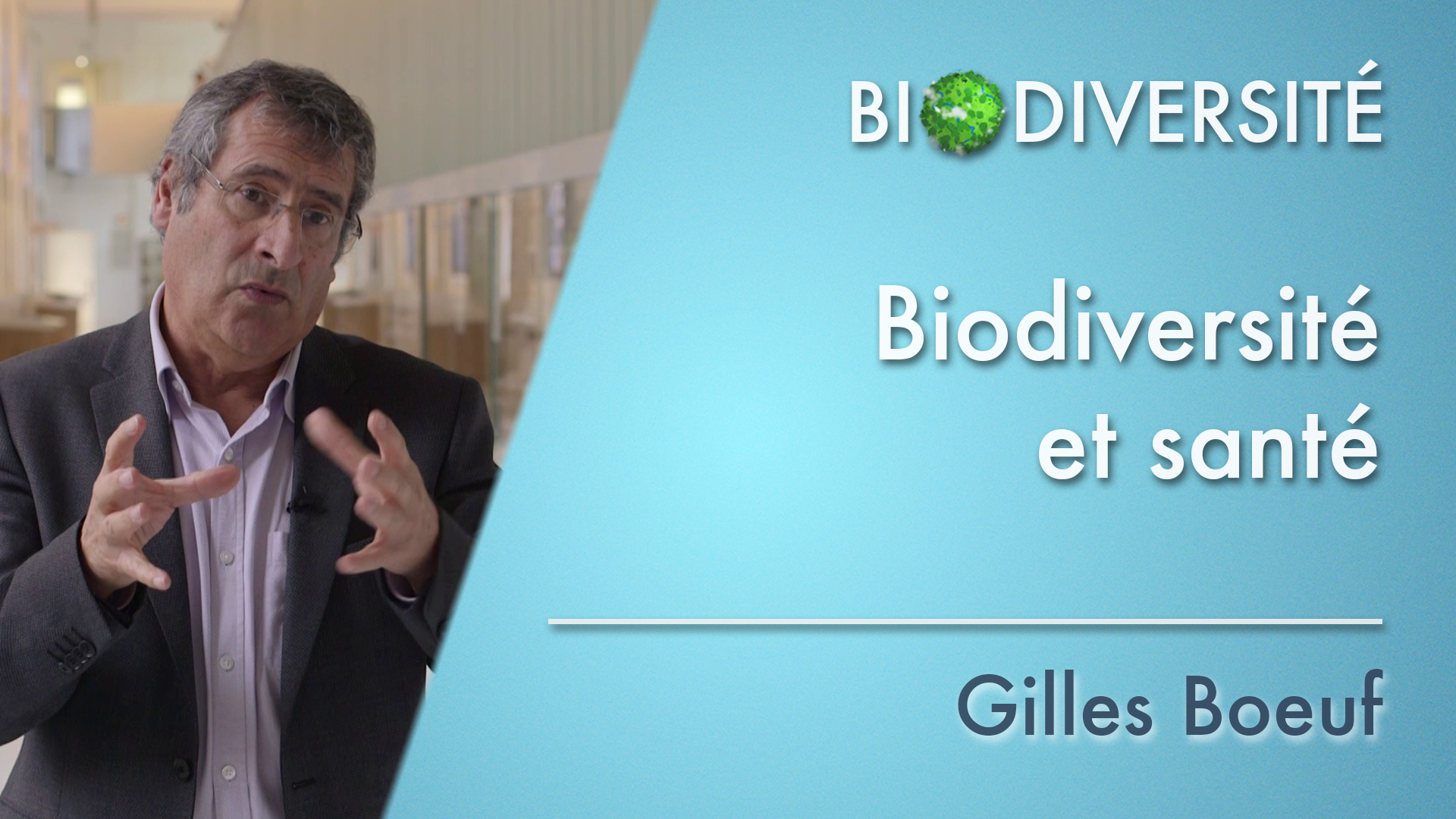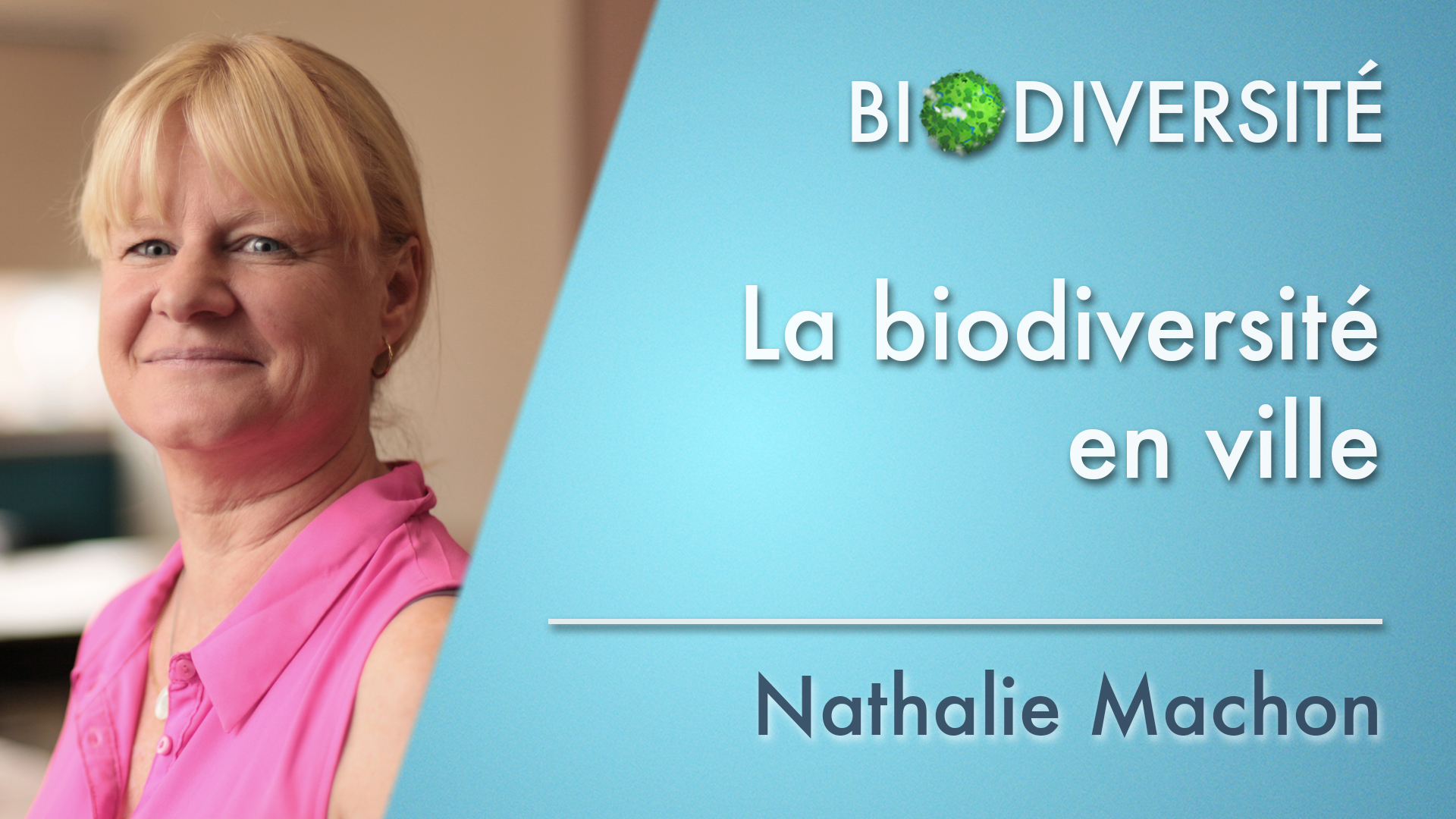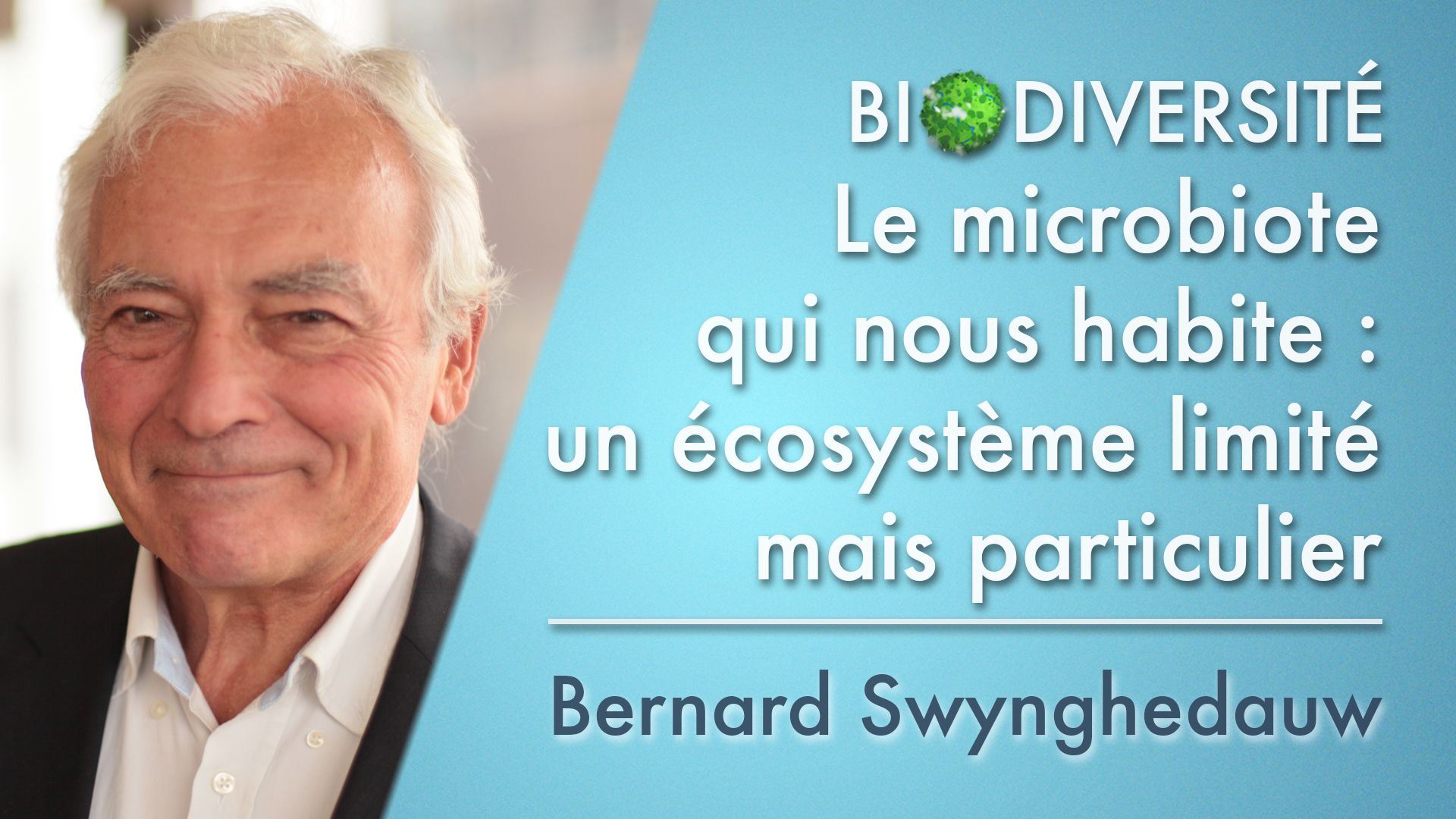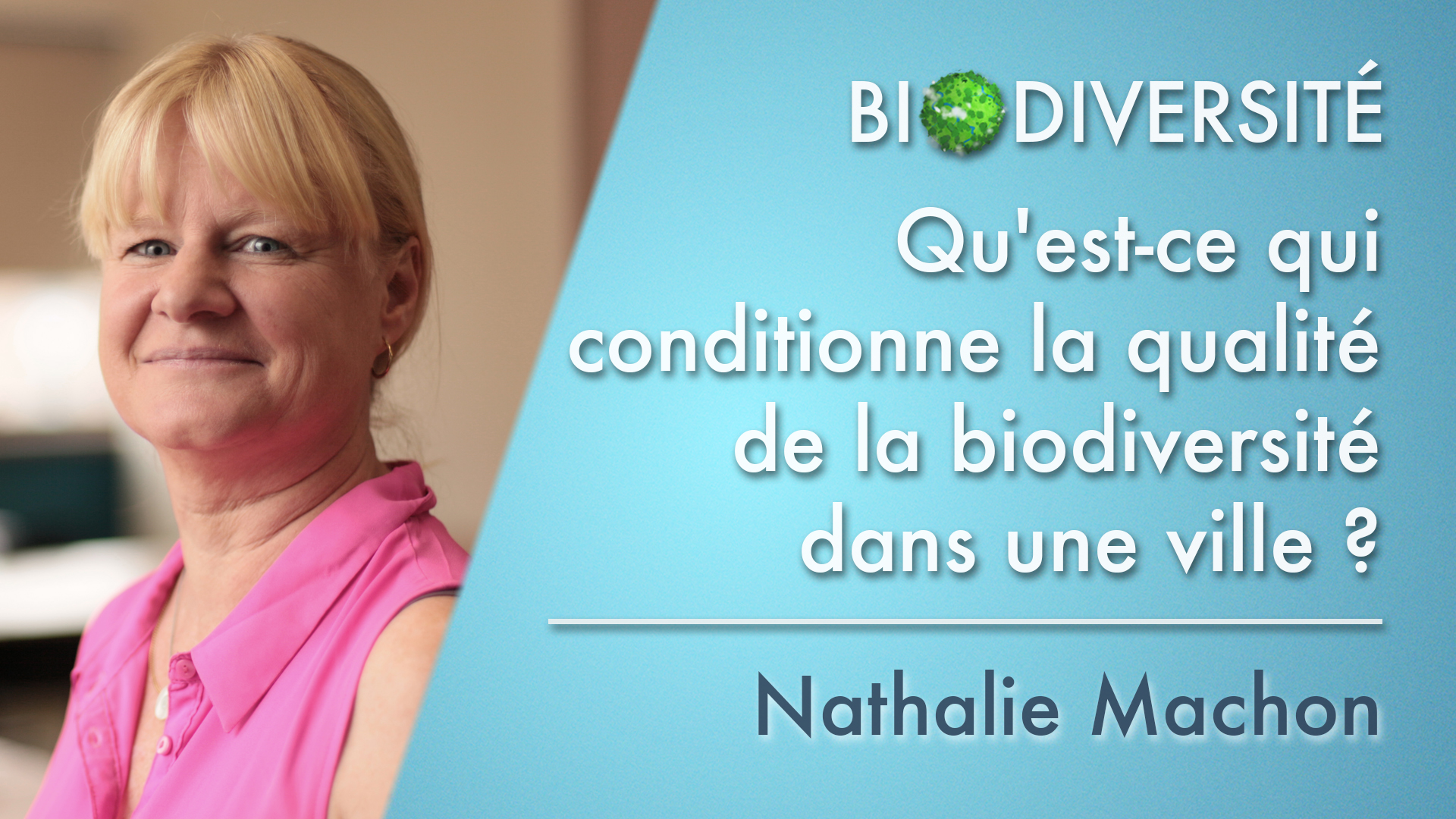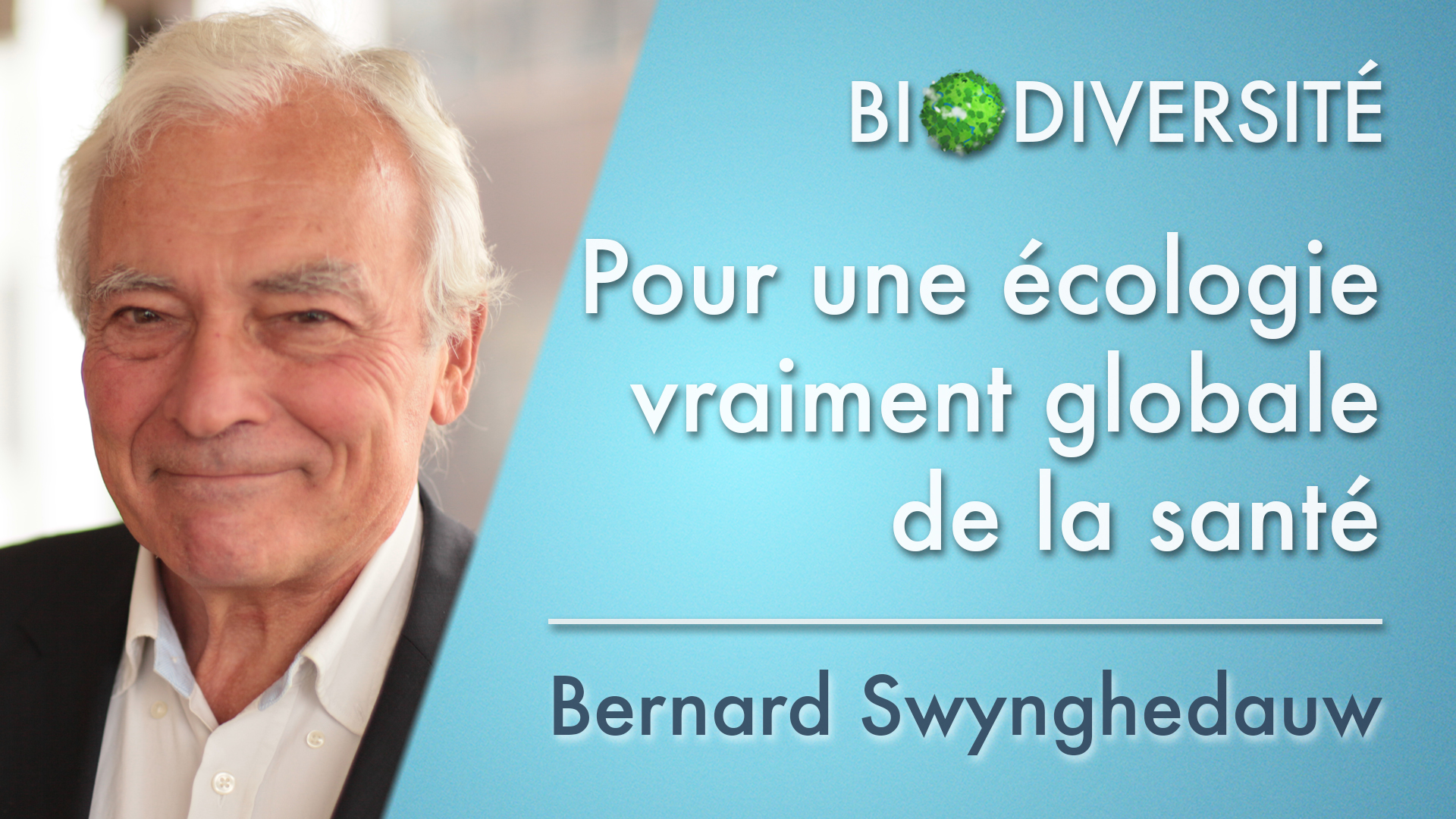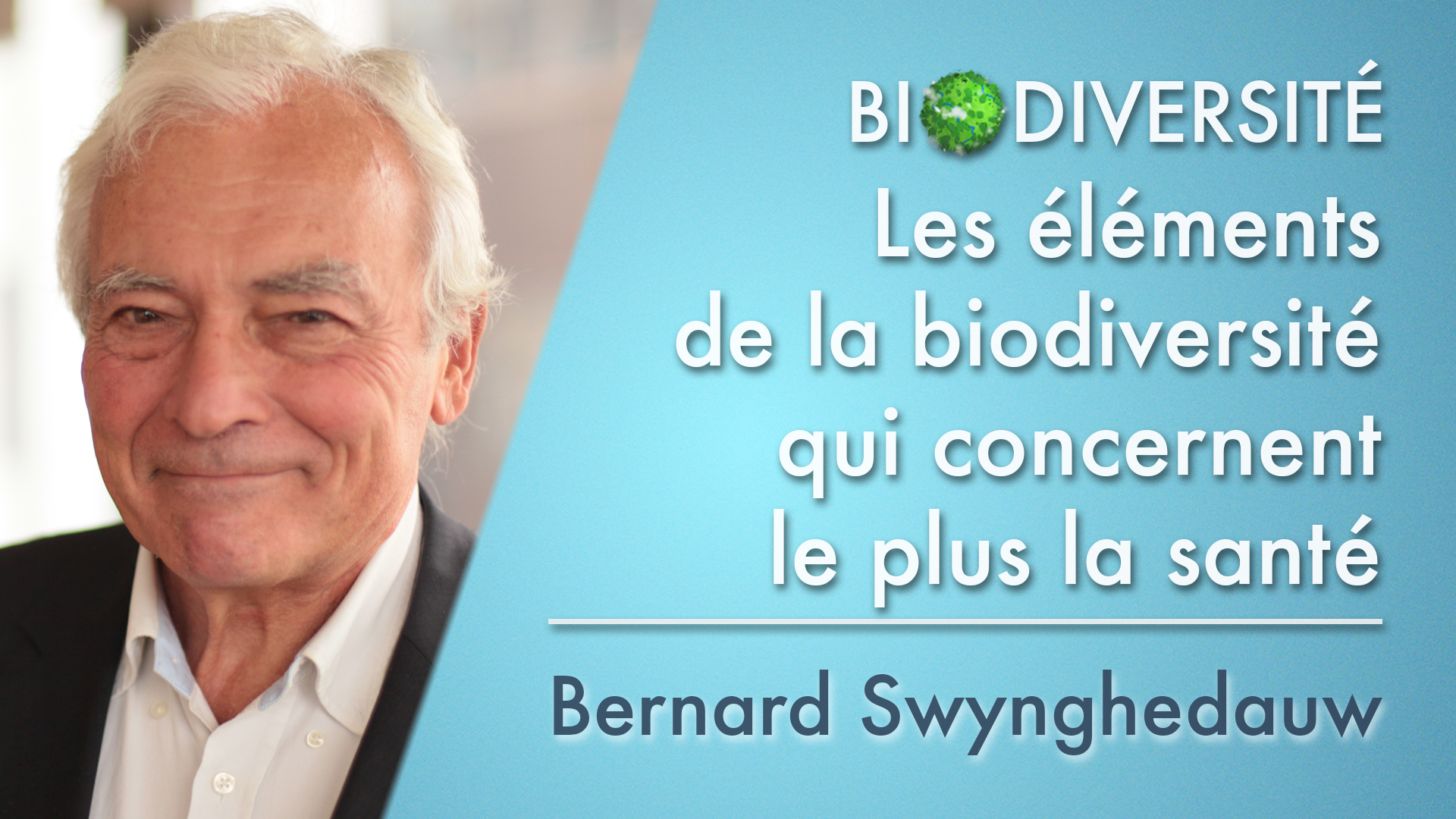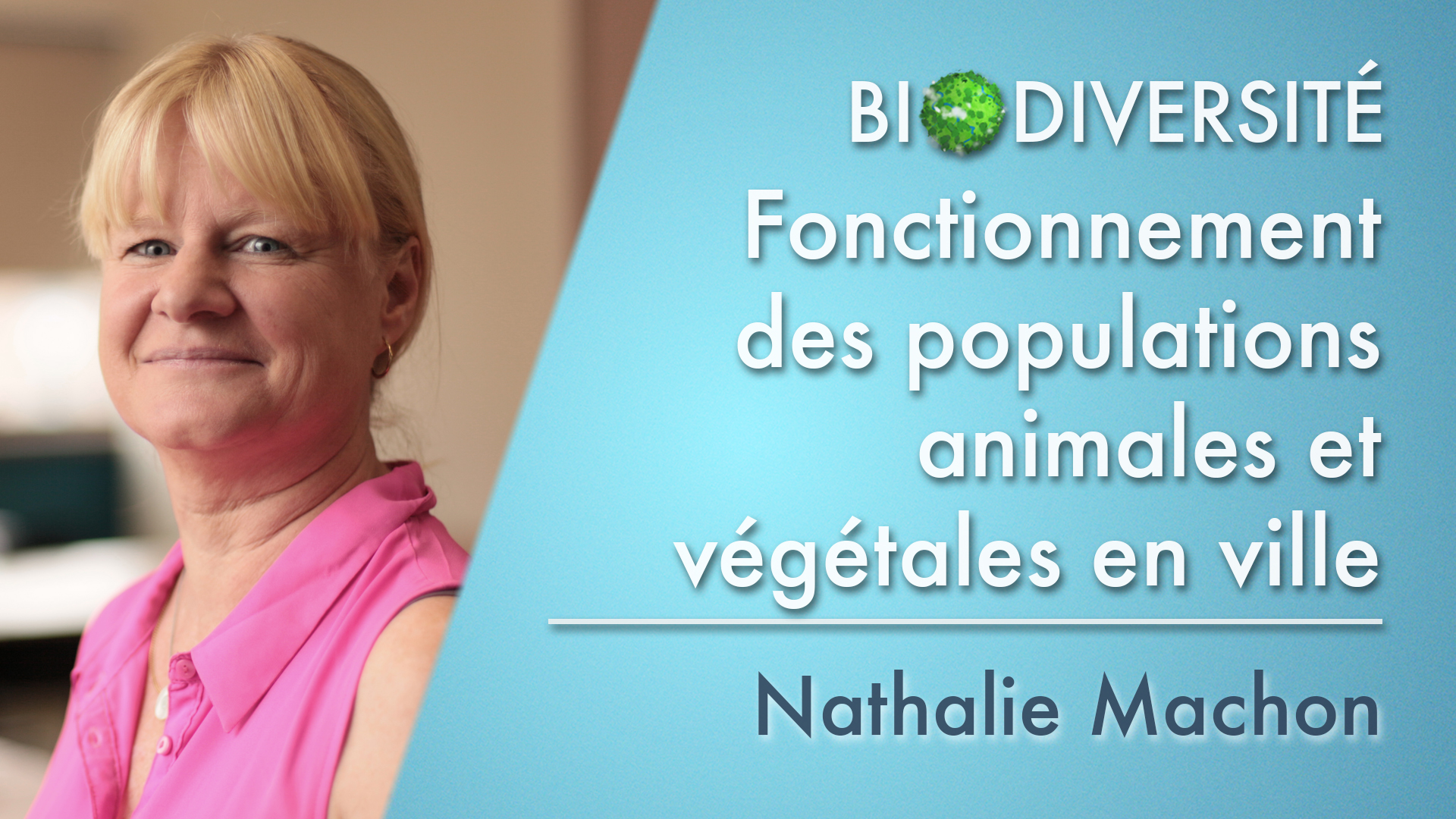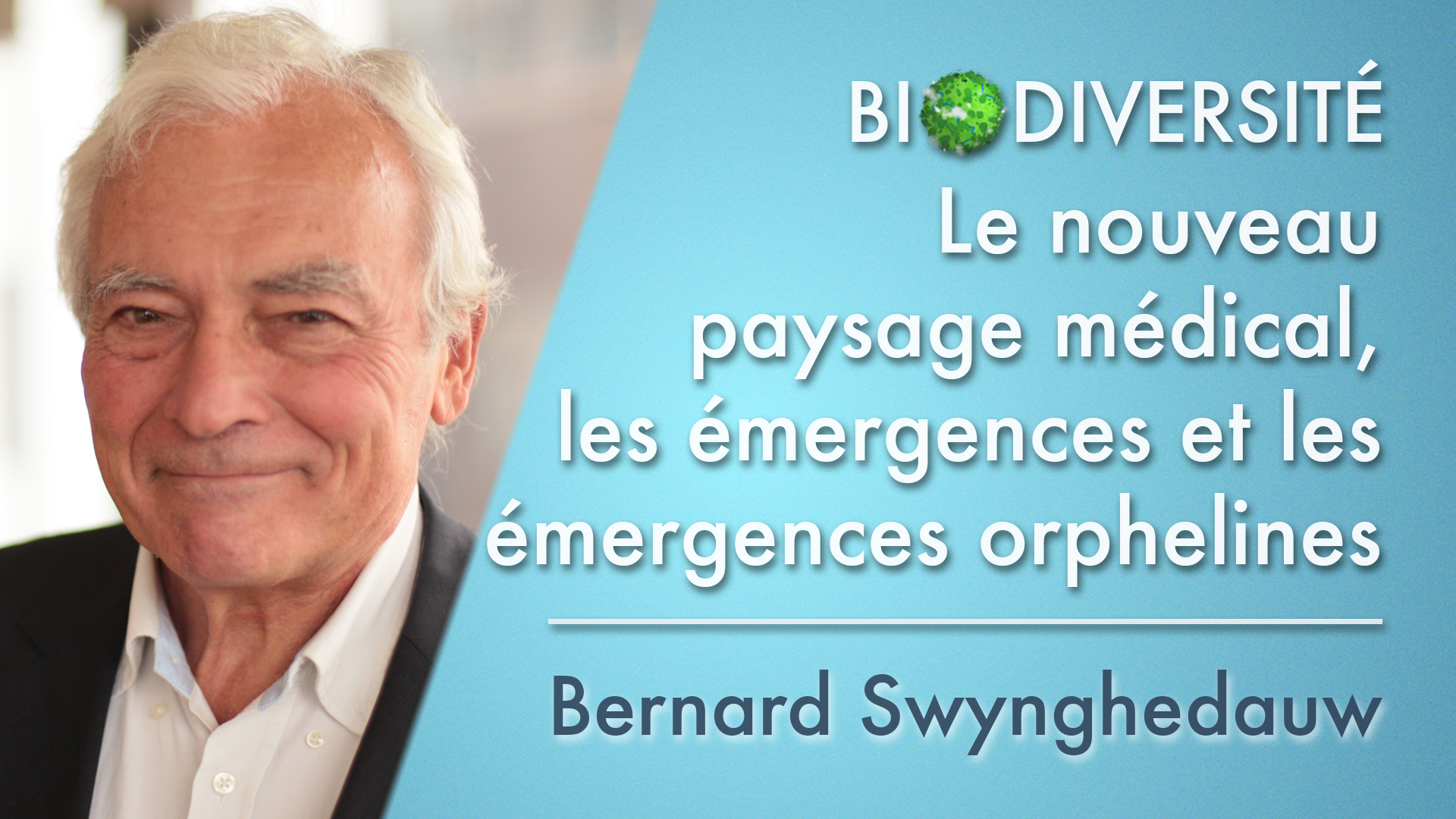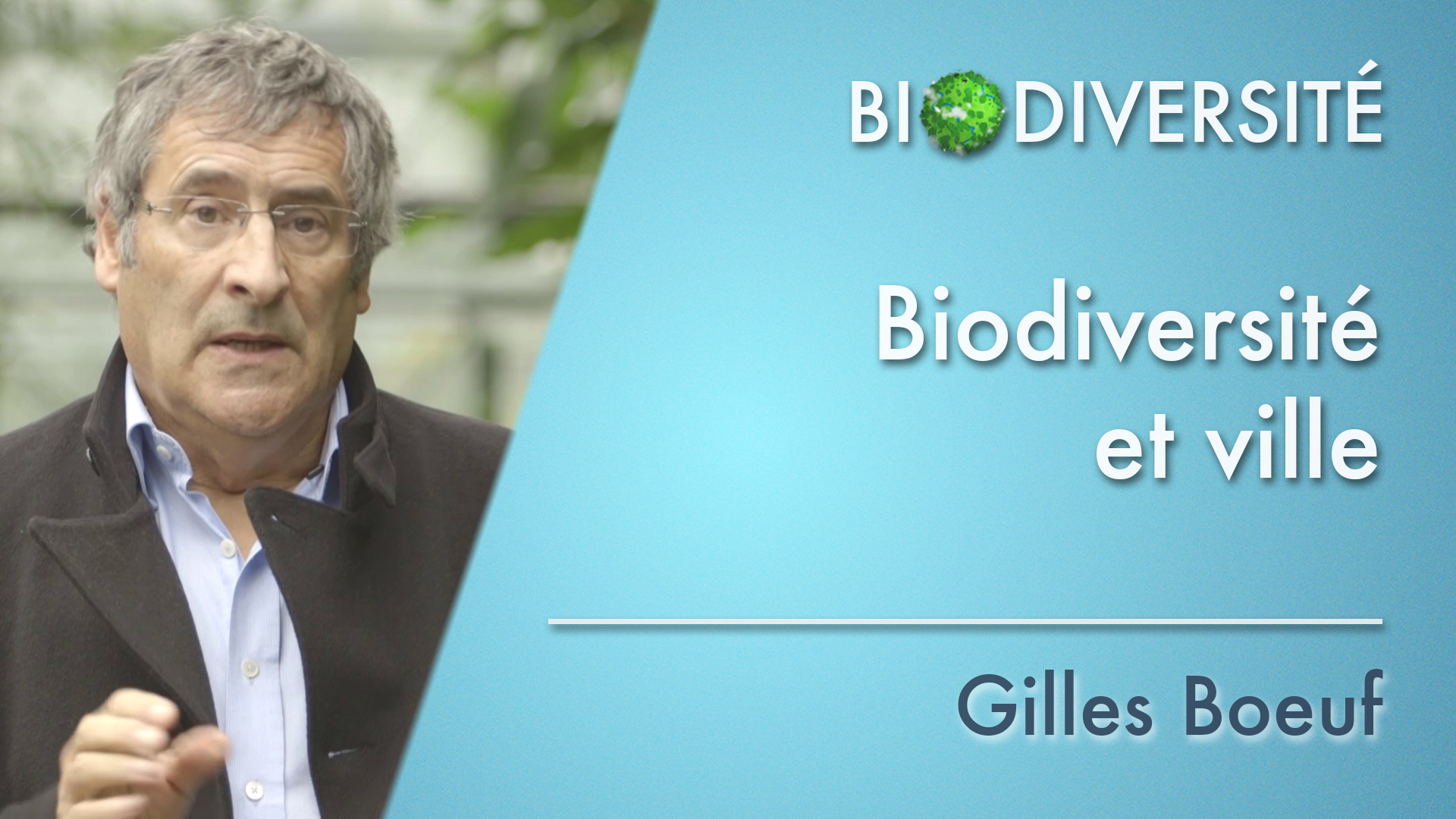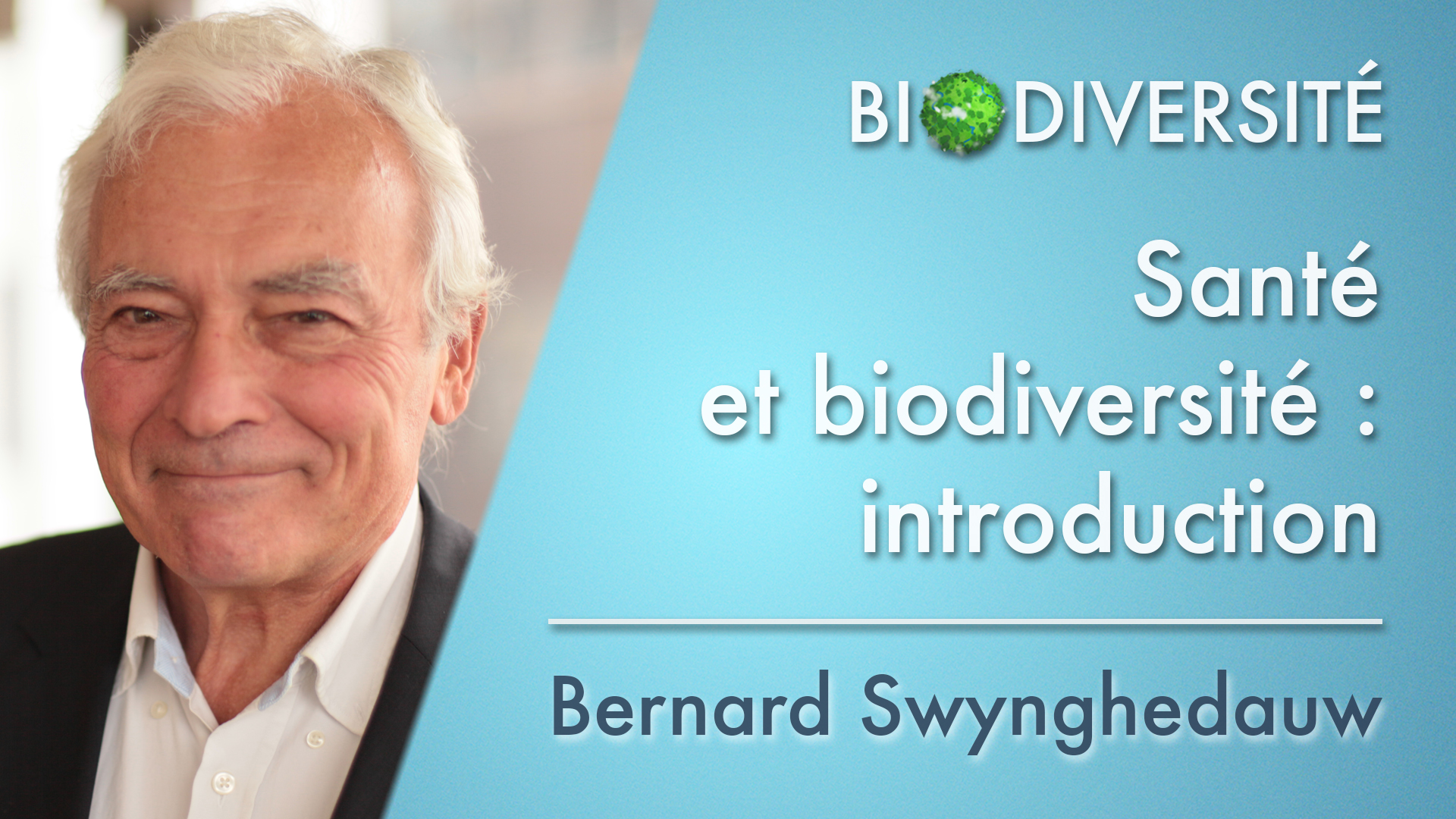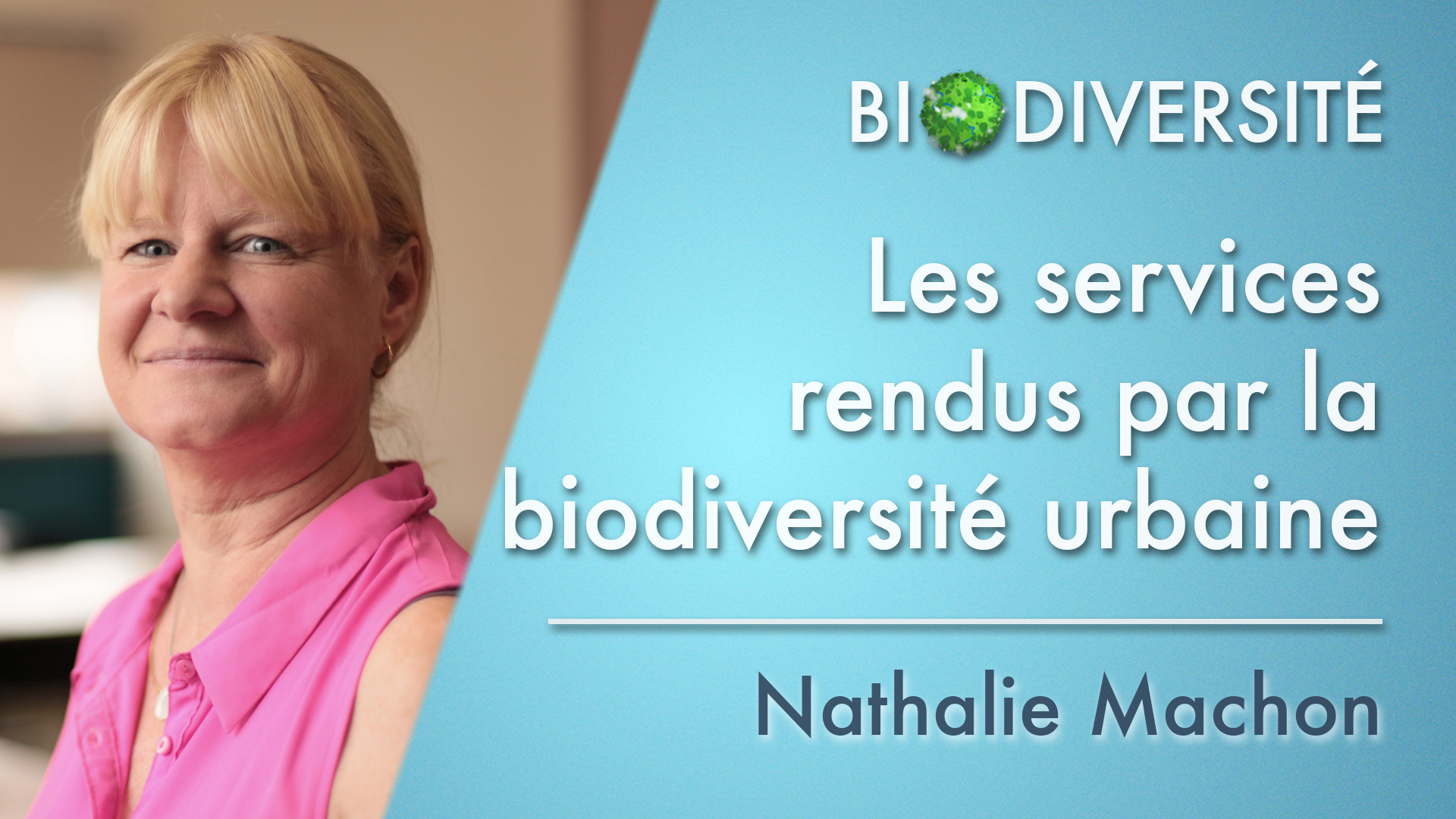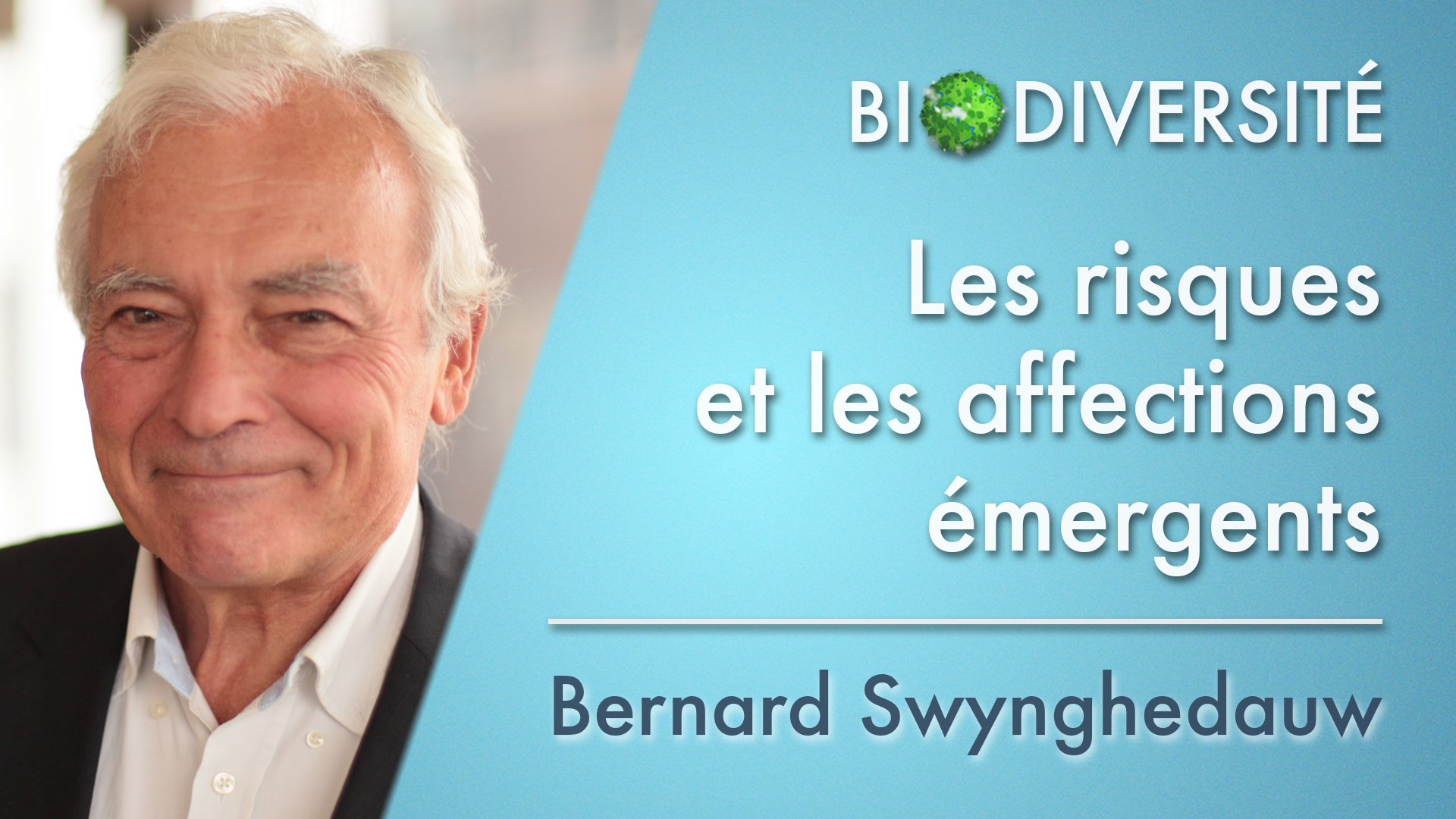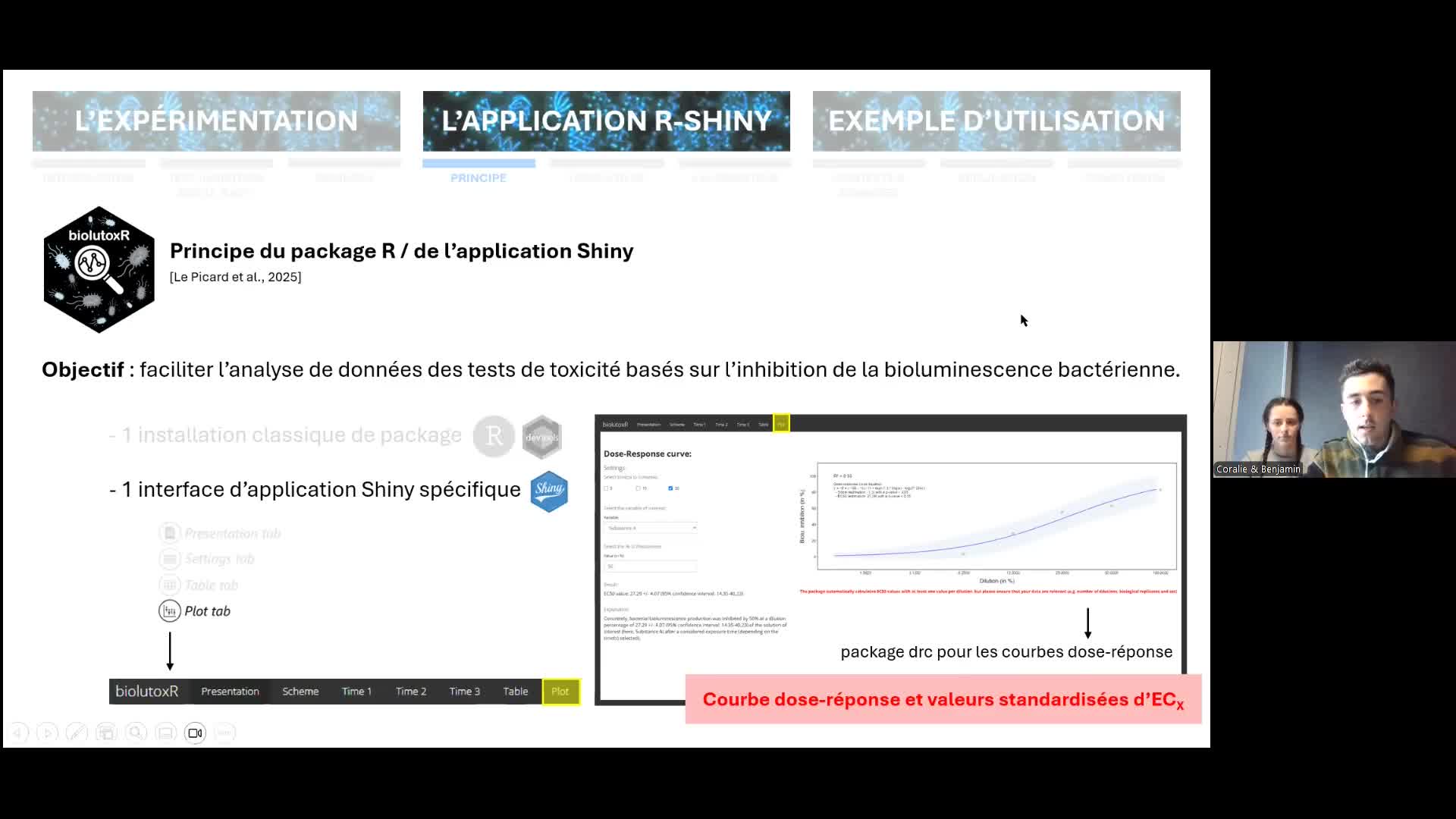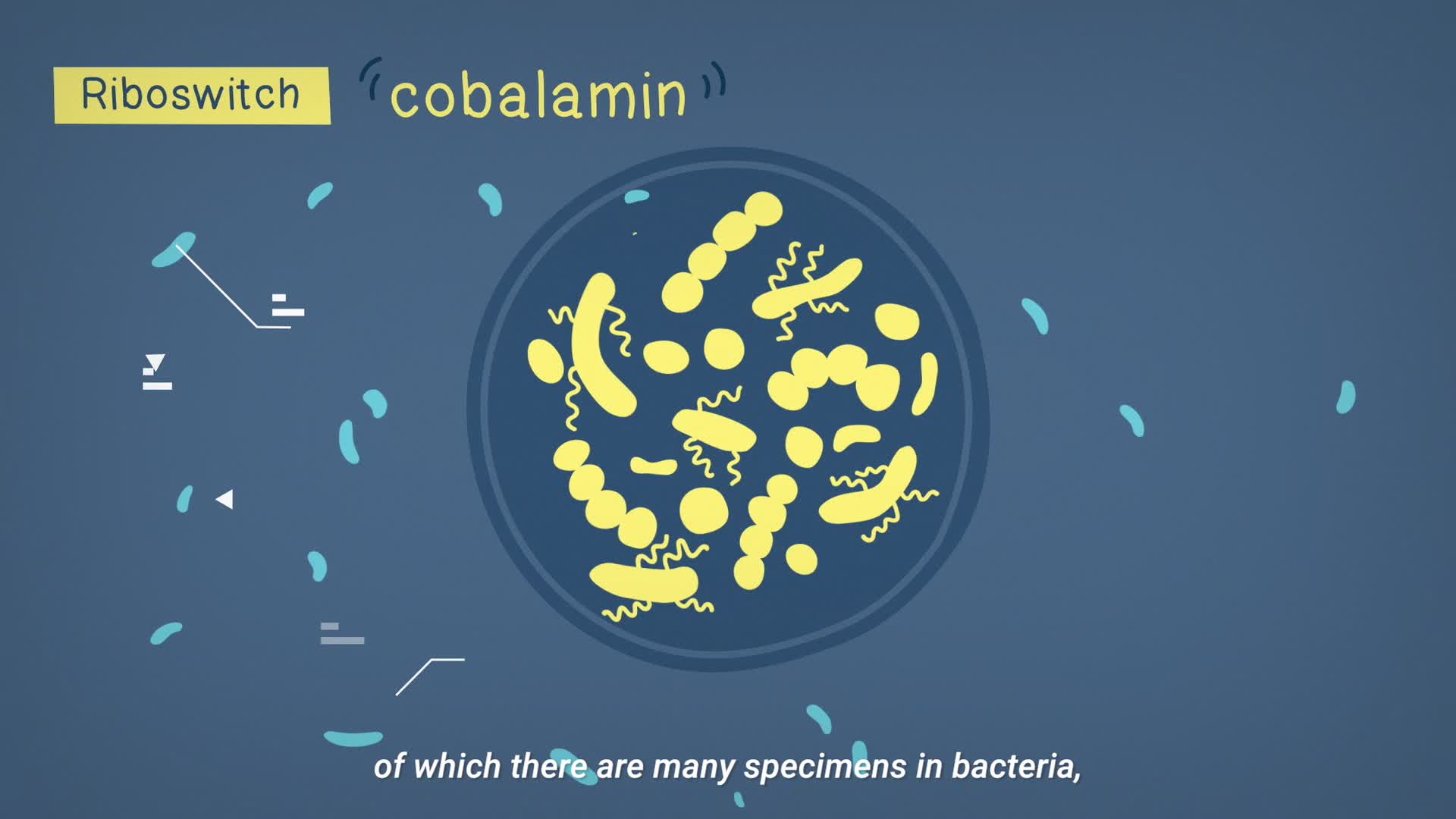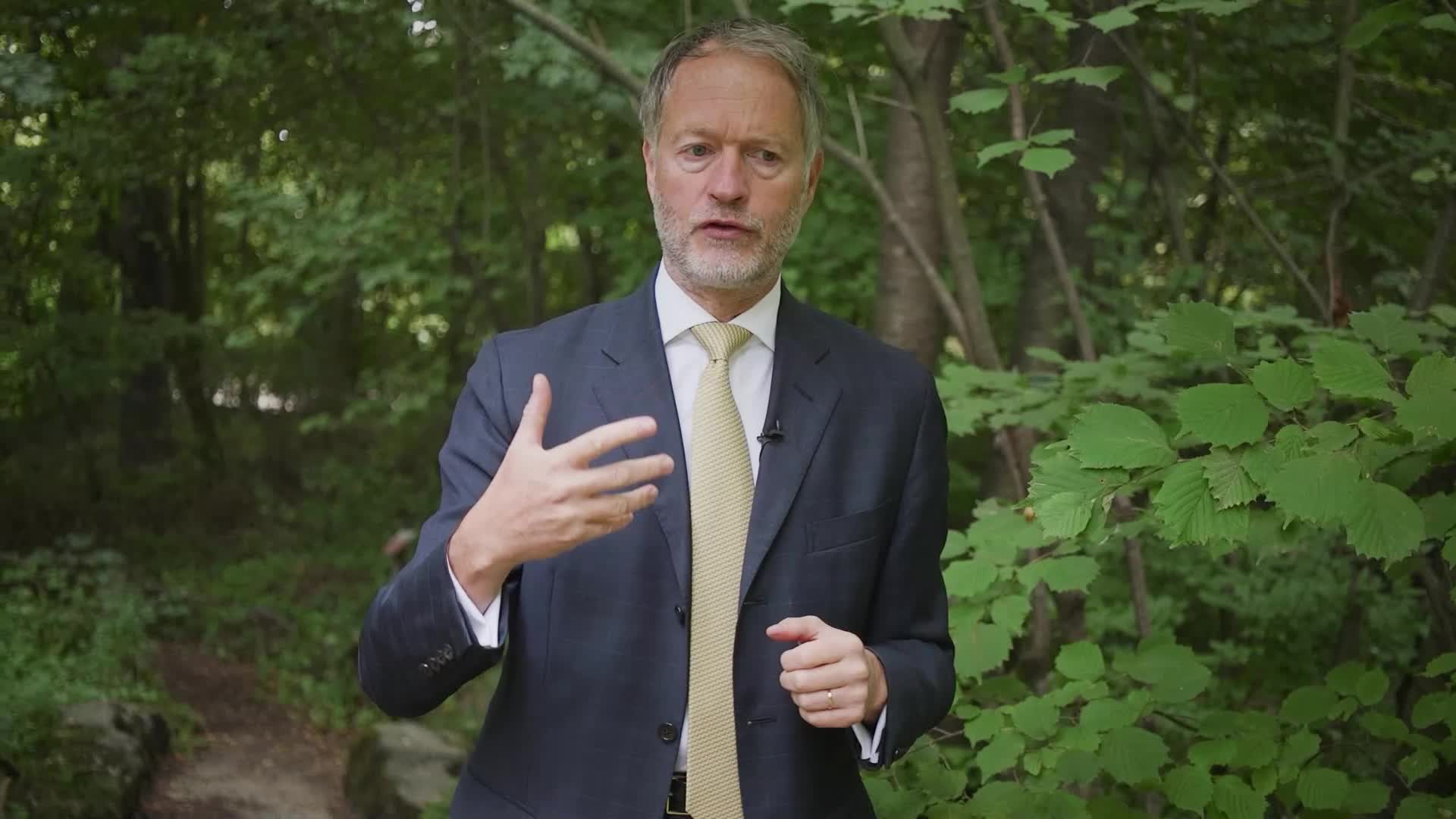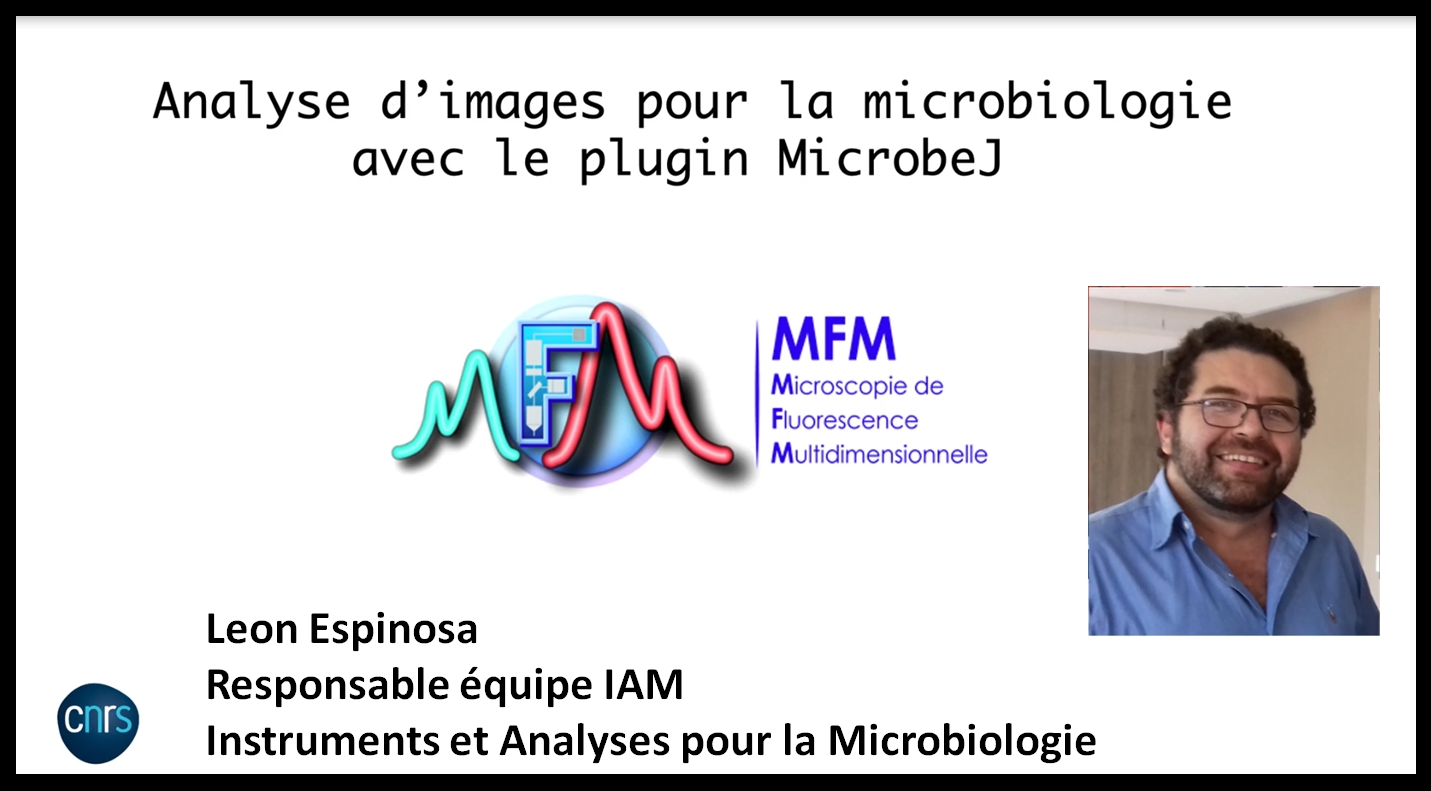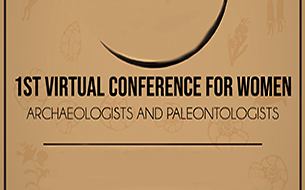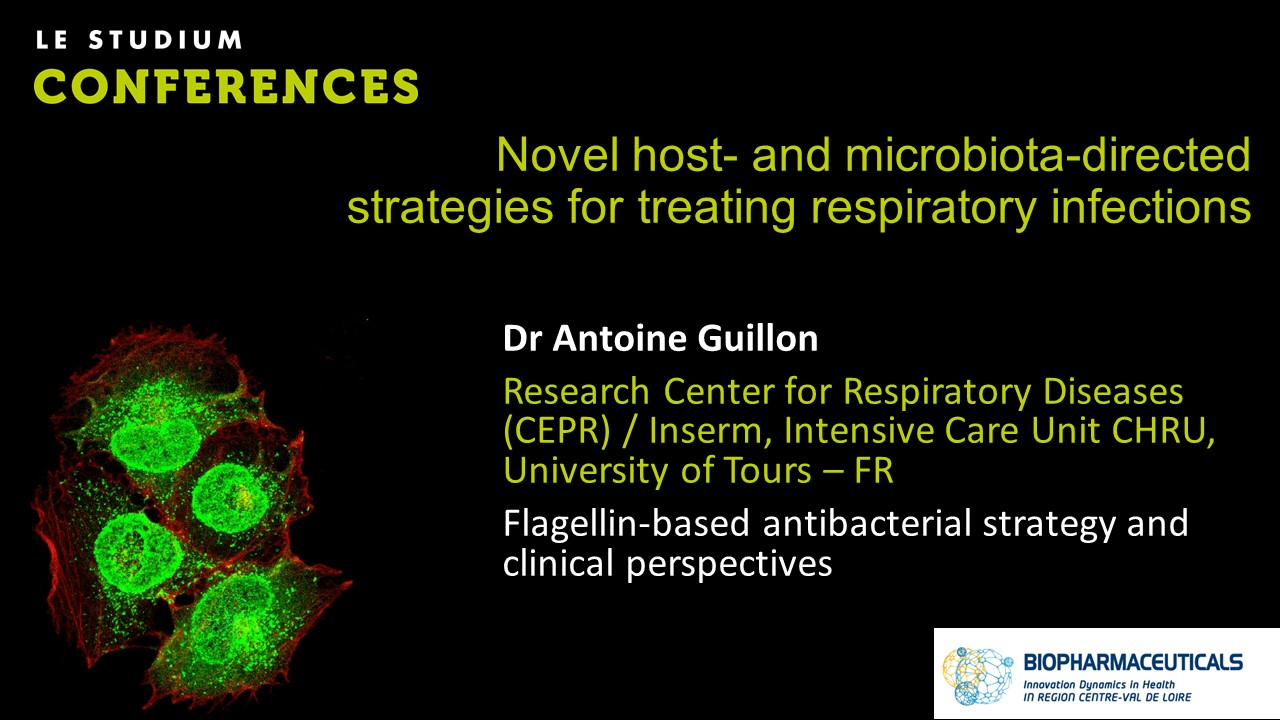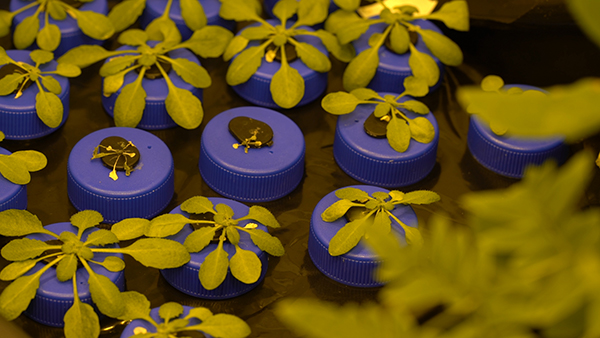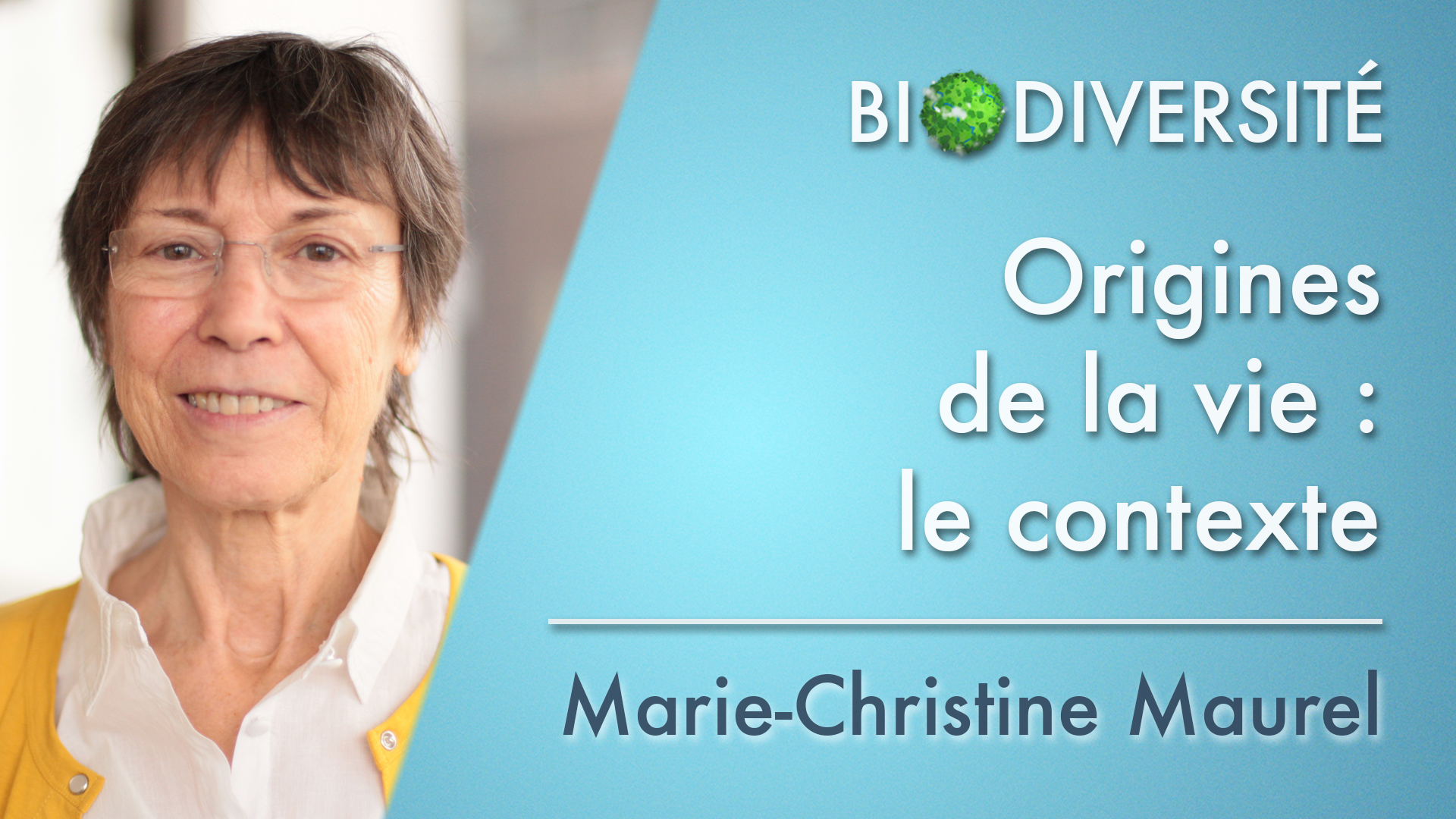Notice
EN-4. Microbial biodiversity changes caused by human activity
- document 1 document 2 document 3
- niveau 1 niveau 2 niveau 3
Descriptif
Bernard Swynghedauw talks about the microbial biodiversity. He first defines it, then he highlights the changes which affect it, related to the human activities. He also brings us data regarding the consequences on the climate change of those microbial dynamics.
Dans la même collection
-
Biodiversity and health - Introduction
Bernard Swynghedauw explores with us a still quite unknown biodiversity, which plays an essential role for our development: the microbiota. It consists of all the microorganisms living in our organism
-
EN-9. The urban biodiversity
MachonNathalieWith Nathalie Machon, we will discover the urban biodiversity. She proposes a zoning of cities depending on the extent of the green areas, then she explains the ecological features specific to this
-
EN-3. The microbiota we host: a limited but specific ecosystem
SwynghedauwBernardBernard Swynghedauw comes back to the microbiota we host, that is the bacterial life we coexist and coevolve with. He evidences its distribution inside our organism, some factors which are responsible
-
EN-12. What determines the quality of urban biodiversity ?
MachonNathalieNathalie Machon presents some factors influencing the quality of the urban biodiversity: climate, soil features, age of the habitat, fragmentation and heterogeneity of the green areas... She concludes
-
EN-7. How to achieve a truly comprehensive ecology of health
SwynghedauwBernardBernard Swynghedauw speaks in favour of a truly comprehensive ecology of health. He especially wants to better take into account the microbiota in the public health issues. He also raises the question
-
EN-2. The most biodiversity-related elements to health
SwynghedauwBernardBernard Swynghedauw presents the main groups of living organisms (prokaryotes, eukaryotes, virus), and evokes the link between this biodiversity and the health, insisting on two aspects: the dilution
-
EN-10. The functioning of urban animal and plant populations
MachonNathalieNathalie Machon brings data about the functioning of urban animal and plant populations. The cities are environments marked by an important fragmentation of habitats and by constraining
-
EN-5. The new medical landscape, emerging risks and diseases
SwynghedauwBernardBernard Swynghedauw proposes an overview of the epidemiological transitions over the last centuries, with a decrease of the mortality linked to the infections, and an increase of the mortality linked
-
Biodiversity and the city - Introduction
The cities still grow all around the world, and are environments which are very modified by humans. The urban living conditions constitute as many constraints as opportunities for the biodiversity. It
-
EN-1. Health and biodiversity: what links
SwynghedauwBernardBernard Swynghedauw defines the biodiversity, the health, and the disease. He evidences the importance of the environmental and / or genetic factors in the appearance of diseases. He also links the
-
EN-11. Services rendered by the urban biodiversity
MachonNathalieNathalie Machon uses the approach of ecosystem services to highlight the interest in preserving and promoting the urban nature: supply services, control services, cultural services and support
-
EN-6. Emerging risks and diseases
SwynghedauwBernardBernard Swynghedauw proposes an overview of the new medical landscape, marked by the emergence of several risks and diseases. He especially explores the age, the infectious risk and the immune risk,
Avec les mêmes intervenants et intervenantes
-
EN-2. The most biodiversity-related elements to health
SwynghedauwBernardBernard Swynghedauw presents the main groups of living organisms (prokaryotes, eukaryotes, virus), and evokes the link between this biodiversity and the health, insisting on two aspects: the dilution
-
EN-6. Emerging risks and diseases
SwynghedauwBernardBernard Swynghedauw proposes an overview of the new medical landscape, marked by the emergence of several risks and diseases. He especially explores the age, the infectious risk and the immune risk,
-
EN-3. The microbiota we host: a limited but specific ecosystem
SwynghedauwBernardBernard Swynghedauw comes back to the microbiota we host, that is the bacterial life we coexist and coevolve with. He evidences its distribution inside our organism, some factors which are responsible
-
EN-7. How to achieve a truly comprehensive ecology of health
SwynghedauwBernardBernard Swynghedauw speaks in favour of a truly comprehensive ecology of health. He especially wants to better take into account the microbiota in the public health issues. He also raises the question
-
EN-1. Health and biodiversity: what links
SwynghedauwBernardBernard Swynghedauw defines the biodiversity, the health, and the disease. He evidences the importance of the environmental and / or genetic factors in the appearance of diseases. He also links the
-
EN-5. The new medical landscape, emerging risks and diseases
SwynghedauwBernardBernard Swynghedauw proposes an overview of the epidemiological transitions over the last centuries, with a decrease of the mortality linked to the infections, and an increase of the mortality linked
-
3. Le microbiote qui nous habite : un écosystème limité mais particulier
SwynghedauwBernardBernard Swynghedauw revient sur le microbiote qui nous habite, à savoir le monde bactérien avec lequel nous coexistons et nous co-évoluons. Il met en évidence sa distribution au sein de notre
-
5. Le nouveau paysage médical, les émergences et les émergences orphelines
SwynghedauwBernardBernard Swynghedauw propose dans cette intervention un aperçu des transitions épidémiologiques de ces derniers siècles, avec notamment une diminution de la mortalité liée aux infections et un
-
7. Pour une écologie vraiment globale de la santé
SwynghedauwBernardBernard Swynghedauw plaide dans cette présentation pour une écologie globale de la santé, cherchant notamment à mieux prendre en compte le microbiote dans les questions de santé publique. Il pose en
-
6. Les risques et les affections émergents
SwynghedauwBernardDans cette présentation, Bernard Swynghedauw propose un aperçu du nouveau paysage médical, marqué par l'émergence de plusieurs risques et affections. Il explore tout particulièrement l'âge, le risque
-
1. Santé et biodiversité : introduction
SwynghedauwBernardBernard Swynghedauw définit dans cette présentation ce que sont la biodiversité, la santé et la maladie. Il met en évidence l'importance des facteurs environnementaux et/ou génétiques dans l
-
2. Les éléments de la biodiversité qui concernent le plus la santé
SwynghedauwBernardDans cette intervention, Bernard Swynghedauw présente les grands groupes d'organismes vivants (procaryotes, eucaryotes, virus), et évoque le lien entre cette biodiversité et la santé en insistant sur
Sur le même thème
-
biolutoxR: Un package R-Shiny pour faciliter l'analyse de données issues de tests de toxicité basés…
LE PICARDCoralieBellierBenjaminPrésentation d'un outil (application shiny) de traitement des données de toxicité sur bactérie marine.
-
-
-
Analyse d'images pour la microbiologie avec le plugin MicrobJ
EspinosaLeonPrésentation Léon Espinosa IAM - Instruments et Analyses pour la Microbiologie
-
Tracing Human Ancestral Migration from its Symbiotic Bacteria / Alexia Nguyen Trung
Nguyen TrungAlexiaTracing Human Ancestral Migration from its Symbiotic Bacteria / Alexia Nguyen Trung, in colloque "1st Virtual Conference for Women Archaeologists and Paleontologists. Nouveaux apports à l’étude des
-
Dr Antoine Guillon - Flagellin-based antibacterial strategy and clinical perspectives
Bacterial pneumonia is a leading cause of morbidity and mortality worldwide. Antibiotics constitute the standard of care but are faced with the emergence of antimicrobial resistance and the curative
-
Les nodosités et les propriétés émergentes de la symbiose
SelosseMarc-AndréMarc-André Sélosse, professeur au Muséum National d'Histoire Naturelle, introduit la symbiose particulière des nodosités en présentant leur anatomie ainsi que leur fonctionnnement. Il explique le rôle
-
Les bactéries : un nouvel organe du corps humain
FeuilloleyMarcDepuis Pasteur, on a associé « bactéries » avec maladie, saleté, putréfaction et une multitude de choses toutes plus agréables. Ainsi, notre santé aurait nécessité leur élimination pure et simple.
-
Friches industrielles, des sols à reconquérir (ASR n°13 - LIEC)
Grâce aux travaux des chercheurs du Laboratoire Interdisciplinaire des Environnements Continentaux - LIEC, les friches industrielles de Lorraine peuvent avoir une deuxième vie. De la dépollution des
-
EN-3. The microbiota we host: a limited but specific ecosystem
SwynghedauwBernardBernard Swynghedauw comes back to the microbiota we host, that is the bacterial life we coexist and coevolve with. He evidences its distribution inside our organism, some factors which are responsible
-
EN-3. Origins of life: the context
MaurelMarie-ChristineMarie-Christine Maurel explores the origins of life on earth. She highlights the main conditions 3 billion years ago, as well as the emergence of the first forms of life, which gave birth to the tree
-
Des bactéries qui font de la photosynthèse
Les plantes font de la photosynthèse, c'est bien connu, mais certaines bactéries sont également capables de réaliser ce processus


